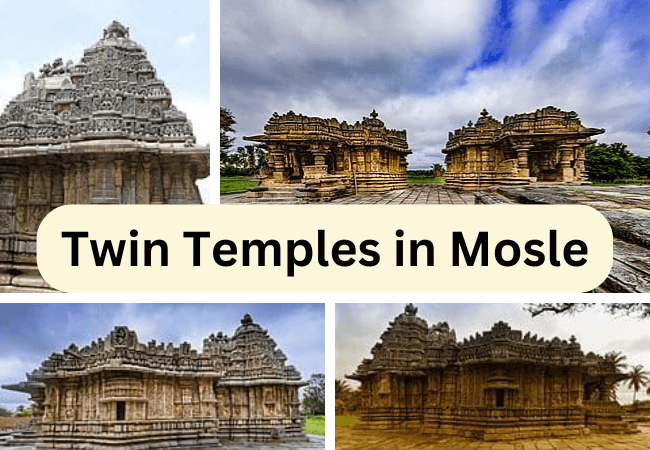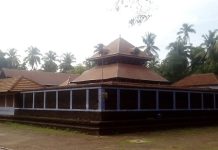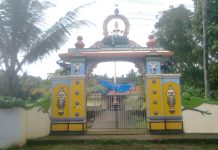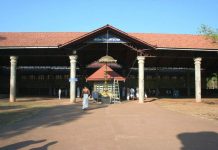Beauty marks twin temples in Karnataka’s Hassan Dist.
The Nageshvara-Chennakeshava temple complex has nearly identical temples — one for Shiva and the other for Vishnu.
Temples in India, especially in South India, are known for their beauty, splendour and architecture. Many of these temples are in Karnataka, Tamil Nadu and Kerala. While there are many such well-known temples, there is one that is yet to gain enough limelight – the Nageshvara-Chennakeshava temple complex, sometimes referred to as the Nagesvara and Chennakesava temples of Mosale. This is a pair of nearly identical Hindu temples in the village of Mosale near Hassan city in Karnataka — one for Shiva and the other for Vishnu.
Regular poojas are conducted in the temples, though not on a grand scale.
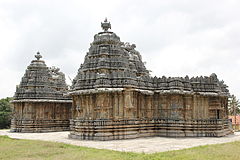
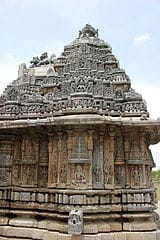
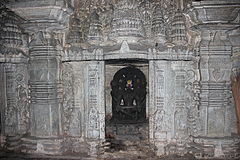
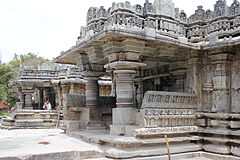
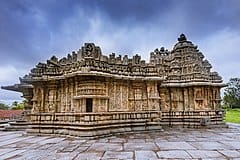

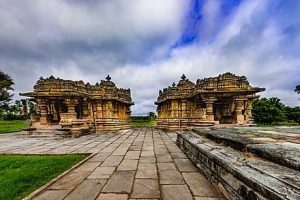
The two temples are in the same complex, in an idyllic rural setting, and they form a “perfect twin”.
These twin temples are in stone and highly ornamented, illustrating the Hoysala architecture. These temples also include panels of artwork related to the goddess tradition of Hinduism (Shaktism) and Vedic deities.
Another notable feature of these temples is the artwork in their ceilings and how the artisans integrated the historic pre-Hoysala architectural innovations from the Chalukya era.
It is still unclear when this temple pair was built, but given the style and architectural innovations embedded therein, experts say it may have been completed before 1250 CE.
According to another expert, the temple was built in 1200 A.D. during the reign of Hoysala King Veera Ballala II.
According to Dhaky – an architecture and history scholar, the interior of this temple pair is “gorgeously embellished” and the outer artwork is “handsomely decorated”. This temple complex is protected as a monument of national importance by the Archaeological Survey of India.
The temples are simple single-shrined structures with all the standard features of Hoysala architecture comprising a porch entrance into a square closed mantapa or navaranga (hall with no windows and a thick wall) leading to the sanctum, and a superstructure (shikhara) over the main shrine fitting the description of a ekakuta (single shrine with top).
The sanctum (garbhagriha) is connected to the hall by a vestibule called sukhanasi. The closed hall, whose inner and outer walls are decorated, has four central lathe turned pillars that support a bay ceiling. The temples are constructed next to each other. The Nageshvara temple (lit, “Lord of snakes”), dedicated to the Hindu god Shiva is in the south. The Chennakeshava temple (lit, “beautiful Vishnu”), dedicated to the Hindu god Vishnu, is to the north.
The superstructure (tower or shikhara) over each shrine is three tiered (tritala arpita) and vesara in style. It is intact, finely sculptured and has a decorative low extension which is actually the tower over the vestibule (that connects the cella (sanctum) and the hall). The extension tower looks like the “nose” of the main superstructure and is also called sukhanasi.
The sukanasi structure holds the beautiful Hoysala crest that depicts a royal warrior stabbing a lion. At the top of the superstructure of the shrine is a sculptured amalaka, whose ground surface area is about 2×2 meters. It is the largest piece of sculpture in the temple. The amalaka supports a decorative water pot-like structure called the kalasha which is the apex of the tower. All these features are still intact in both temples.
The decorative features found on the temple outer wall (horizontal treatment) belong to the pre-Hoysala traditions. In this type of decorations, below the superstructure, an eaves that projects about half a meter runs all around the temple. Below the eaves are decorative Bhumija and Vesara miniature towers (aedicula) on pilasters. The large wall images of deities and their attendants are placed below these decorative towers. Some of these images are mutilated and damaged, but others are in reasonably preserved form to affirm their elegance and art. Some of the panel images at the Nageshvara temple have been signed by the artists on their pedestals.
The panels found in the Nagesvara temple include those of Sridevi, Lakshmidevi, Gauri, Maheshvari (another name for Parvati), Brahma, Sadashiva (form of Shiva) and Bhumidevi (representation of mother earth).
The Channakeshava temple has sculptures of Garuda (the eagle), Keshava (a form of Vishnu), Janardana, Venugopala, Madhava (a form of Krishna) and Bhudevi. Below these images, the base of the wall comprises five different horizontal moldings, one of which is a row of blocks.
When in Karnataka, include this pair of temples in your itinerary.
Source: Arun Mosle, Architect, Bengaluru.


























